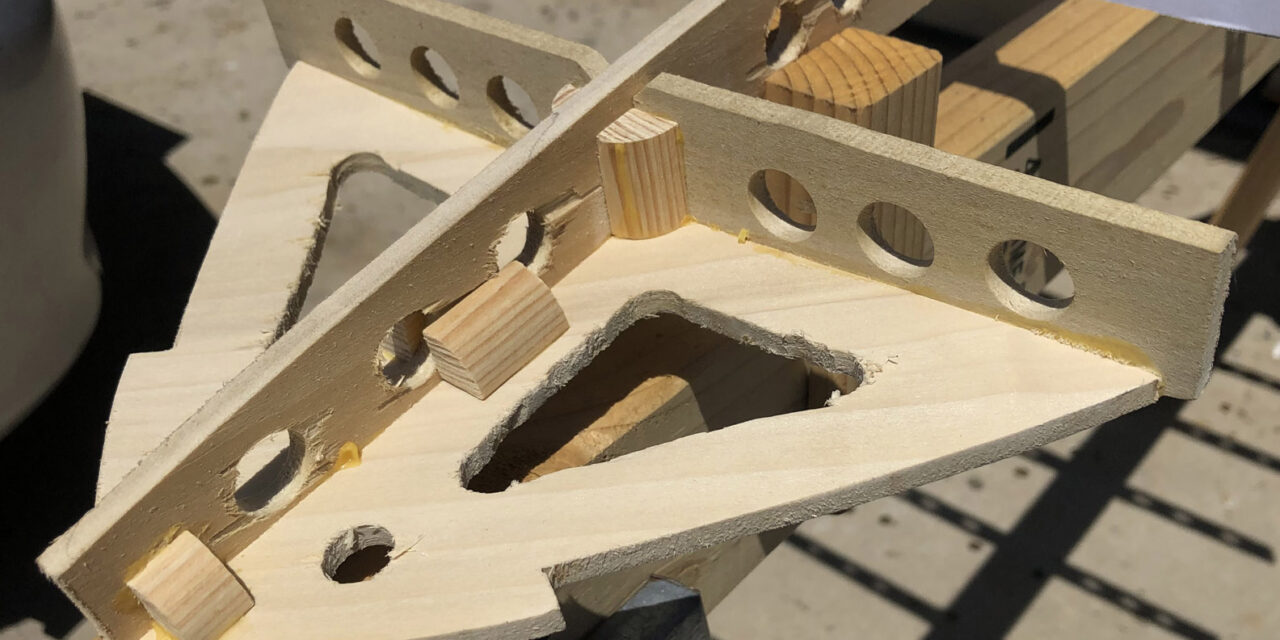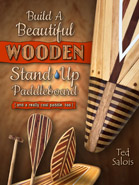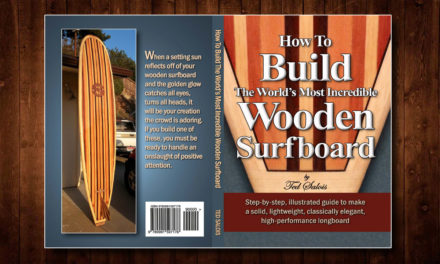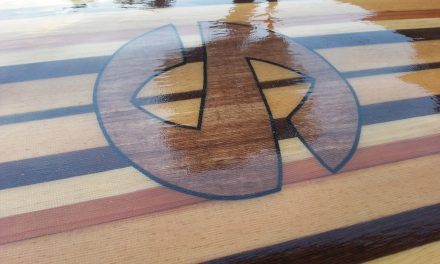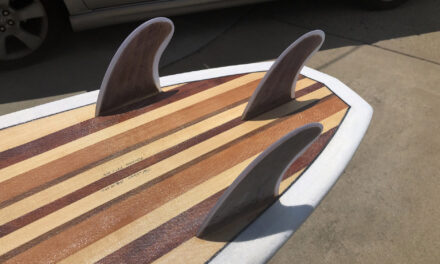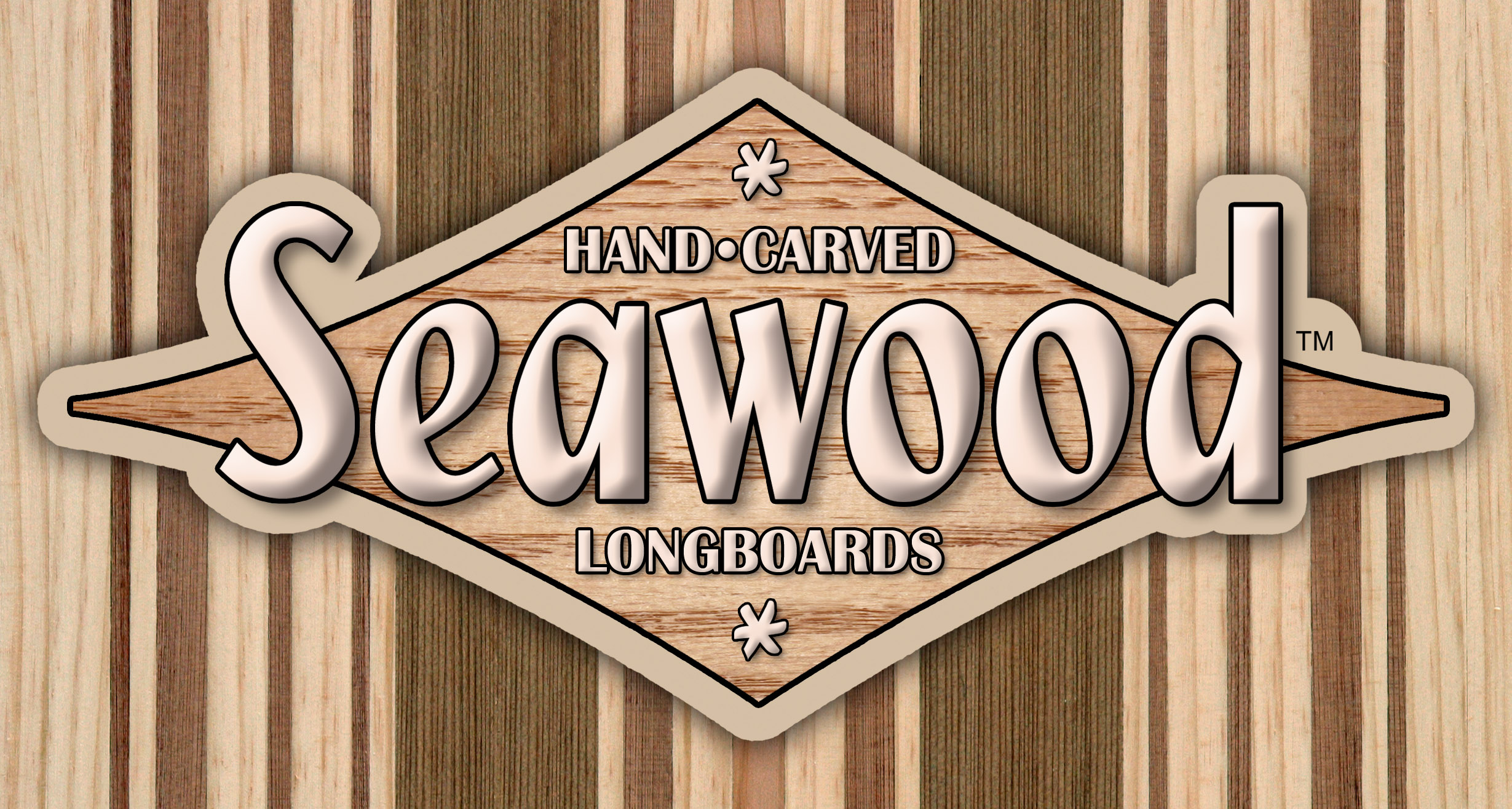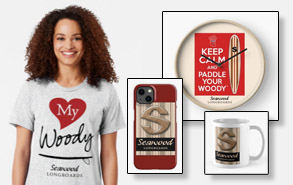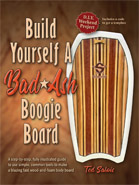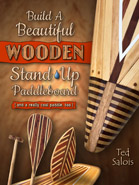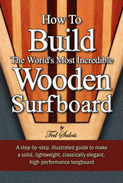No chance the connection will hold without these pieces
When using quarter-inch thick wood for a surfboard stringer, attaching the nose plates will require some finessing and reinforcement. Of course, the plates are needed because the perimeter wood strips are unable to make the tight bend at the rail as it turns to the nose tip.
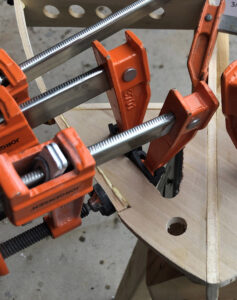
Because of the strong resistance that still accompanies the joinery of the perimeter strip and the plate, strength in the bond is necessary.
The plates’ edges that meet the stringer and rib are end and side grain. That’s problematic because, even when under no stress, end grain glue-ups are never formidable. Side grain is only a little better. So, they need help. This can be achieved with small pieces of quarter-round wood. Those strips have two flat sides, allowing them to meet flush with their partners, the stringer plate.
The quarter-round wood provides additional and essential surface area for a durable connection. They are unneeded where the plate meets the rib because the pull of the perimeter strip will be toward the rib rather that away from it.
Templates that call for a three-quarter-inch thick stringer have no need for this reinforcement. The nose and tail plates for those boards are one piece that crosses the stringer and enjoys plenty of surface area for bonding. What’s more, the perimeter wood attachment strain is offsetting, since the strips are connected to opposing sides of the same plate.
Support for the plates on the quarter-inch stringer need only hold for a short while. When the stripping begins, that process will provide more gluing area to stabilize the plates permanently. With several strips glued together and atop the plates, you can breathe easy.
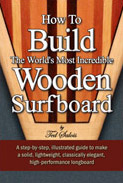
Complete details on the wooden surfboard building process can be found in the book, How To Build The World’s Most Incredible Wooden Surfboard. The 170-page, fully illustrated guide is available in print and digital (Kindle eBook) formats.
.
.
See also: Build A Beautiful Wooden Stand-Up Paddleboard (and a really cool paddle, too), a 216-page book of detailed instructions, and download a template with three fin designs included. The template is a direct companion to the illustrated guide.

